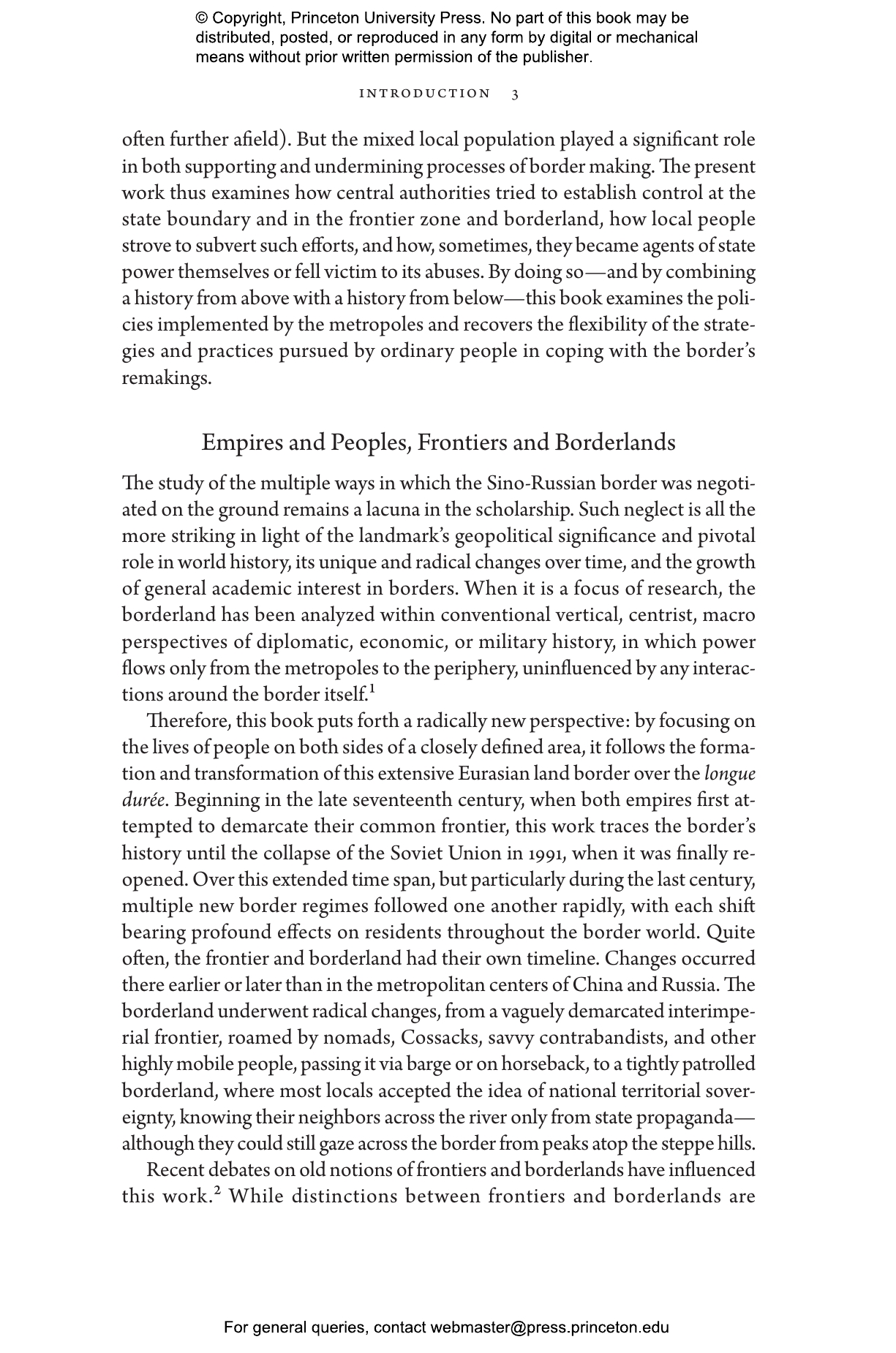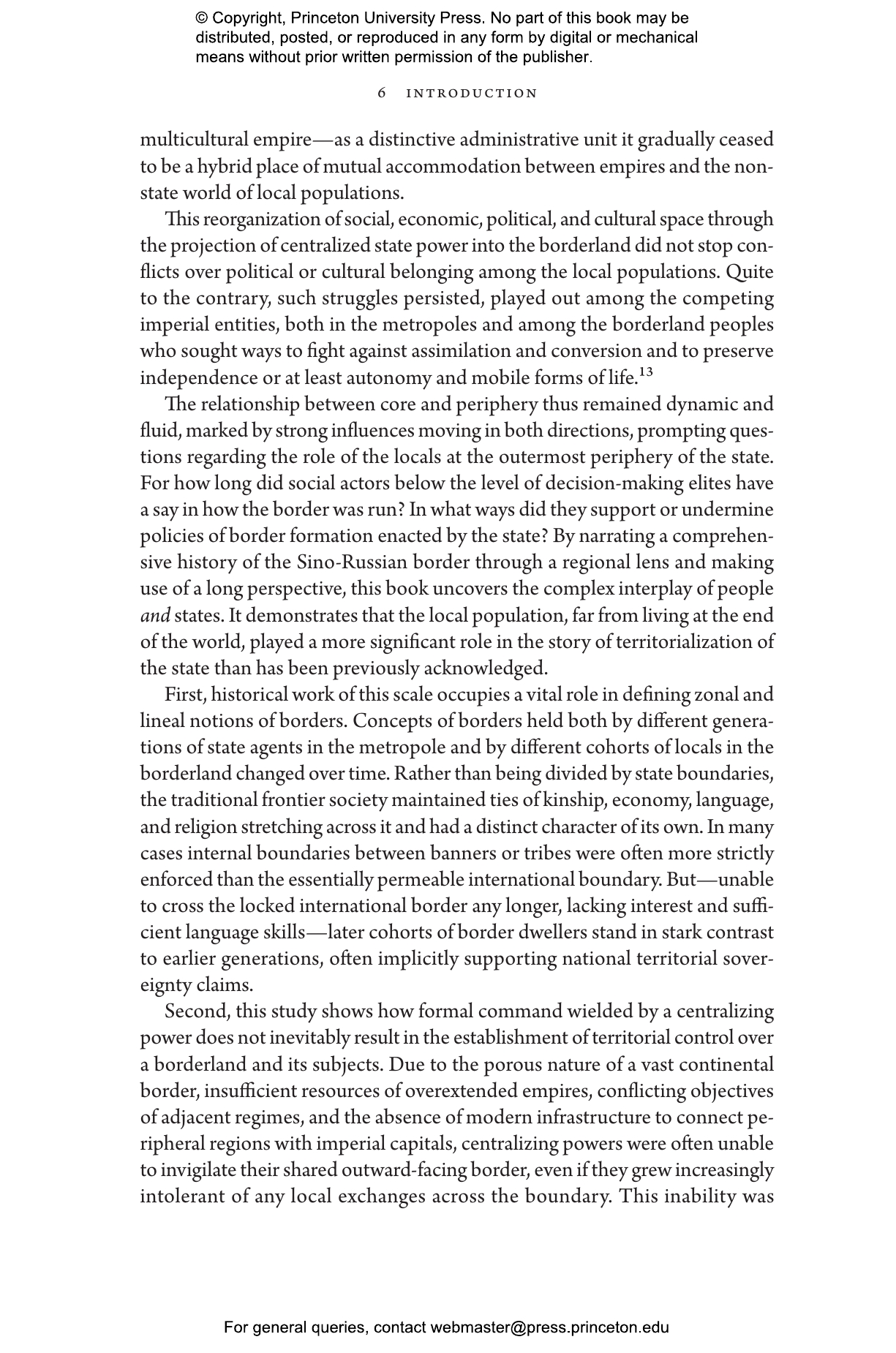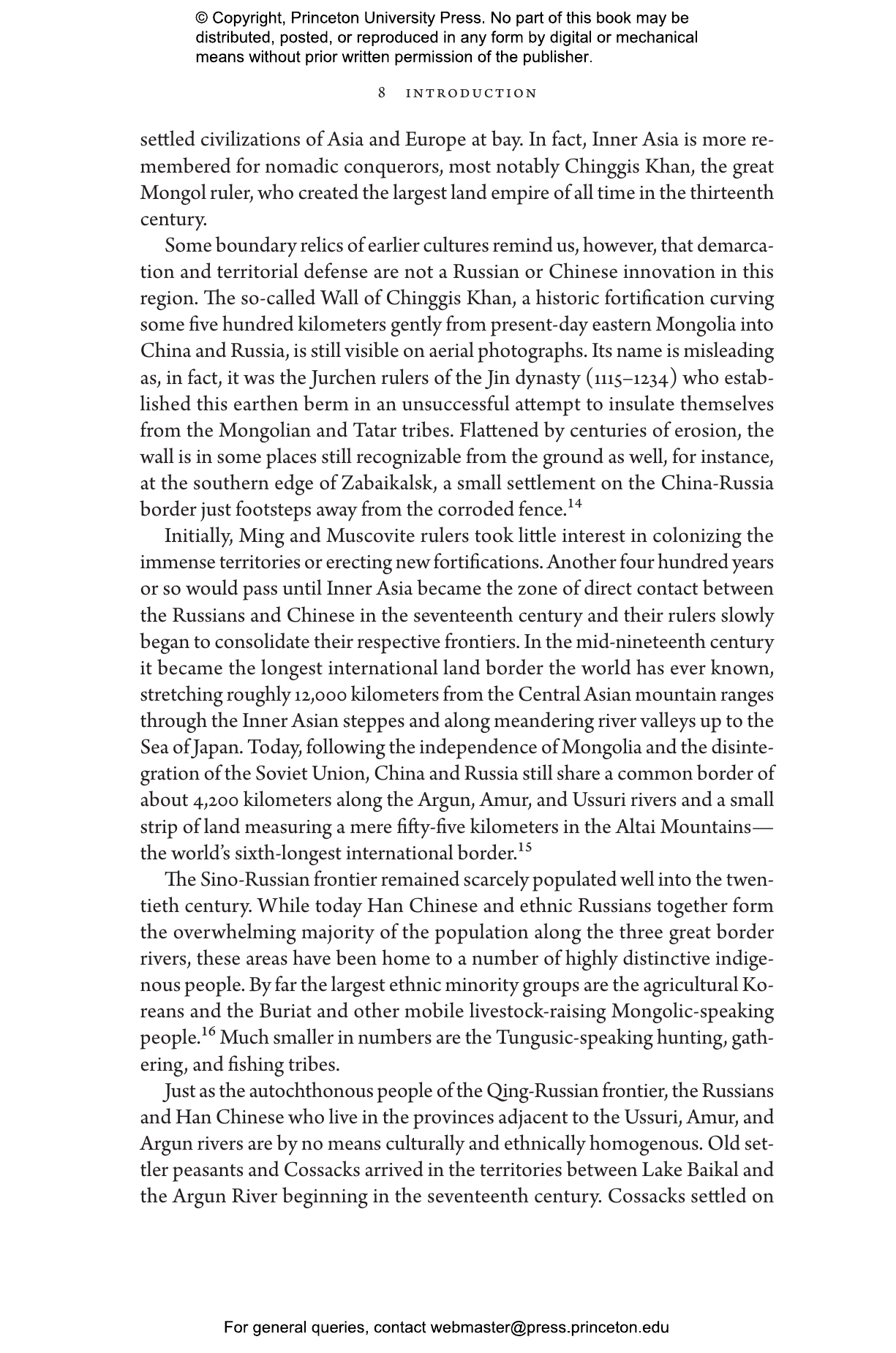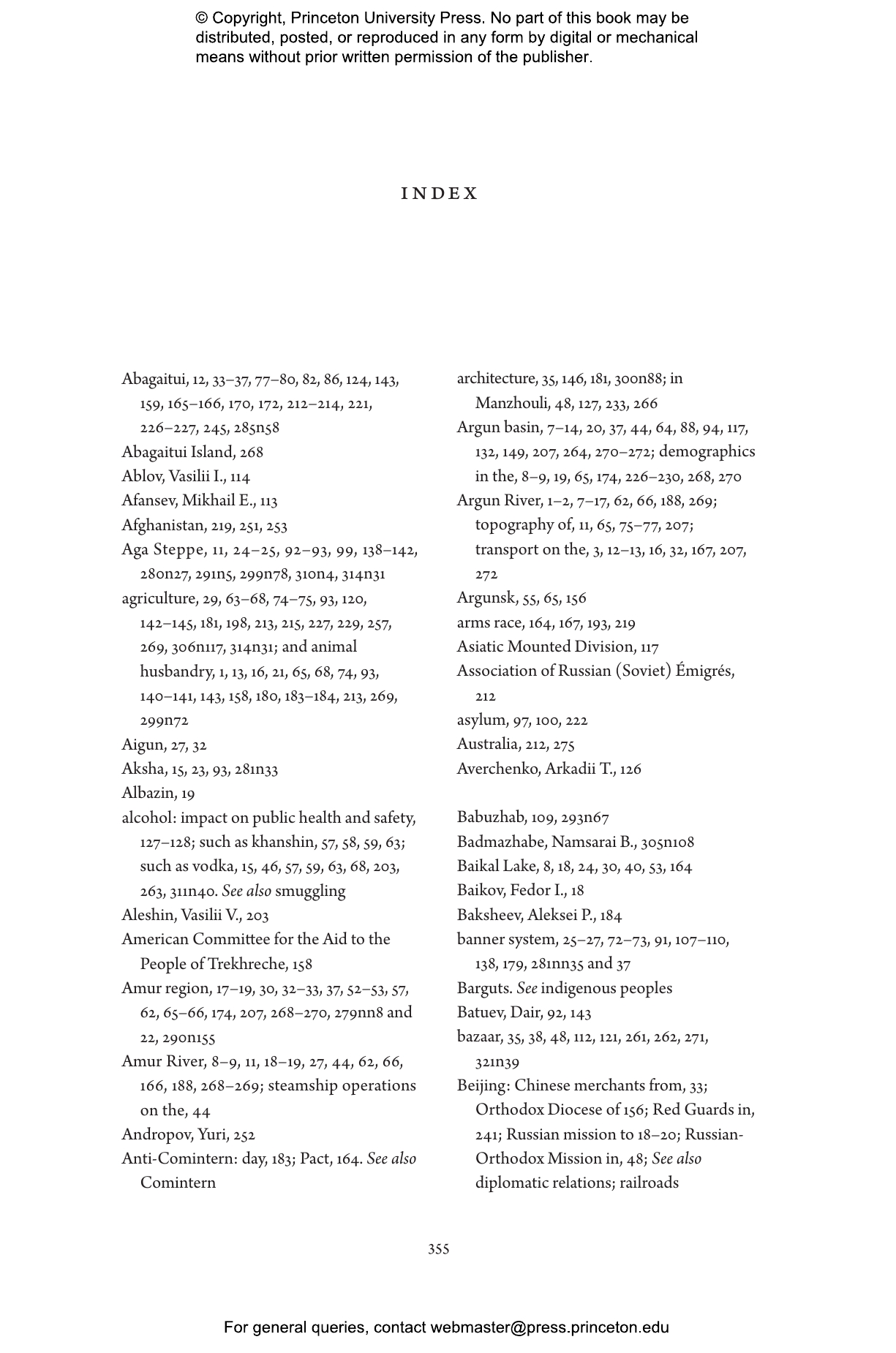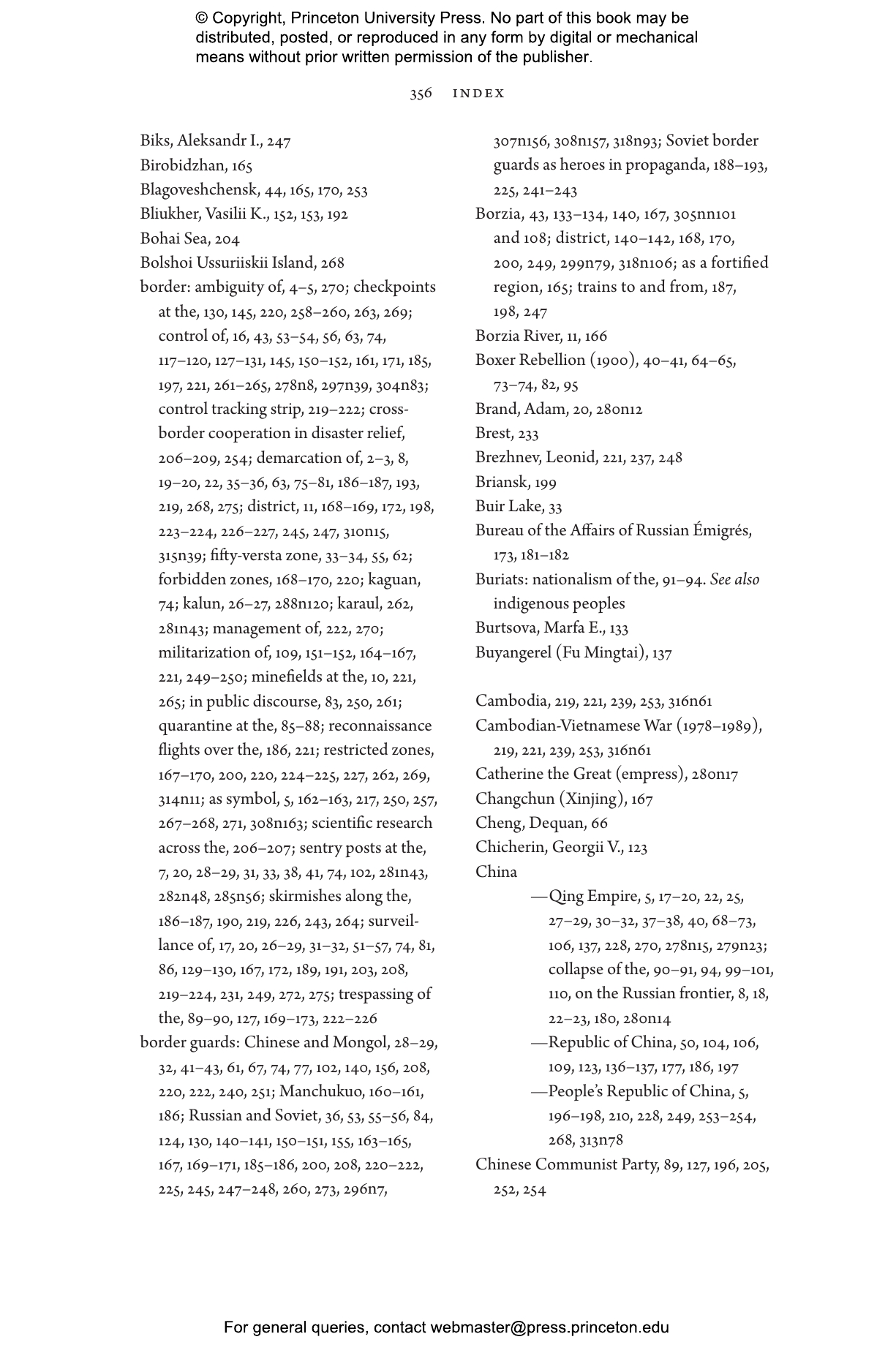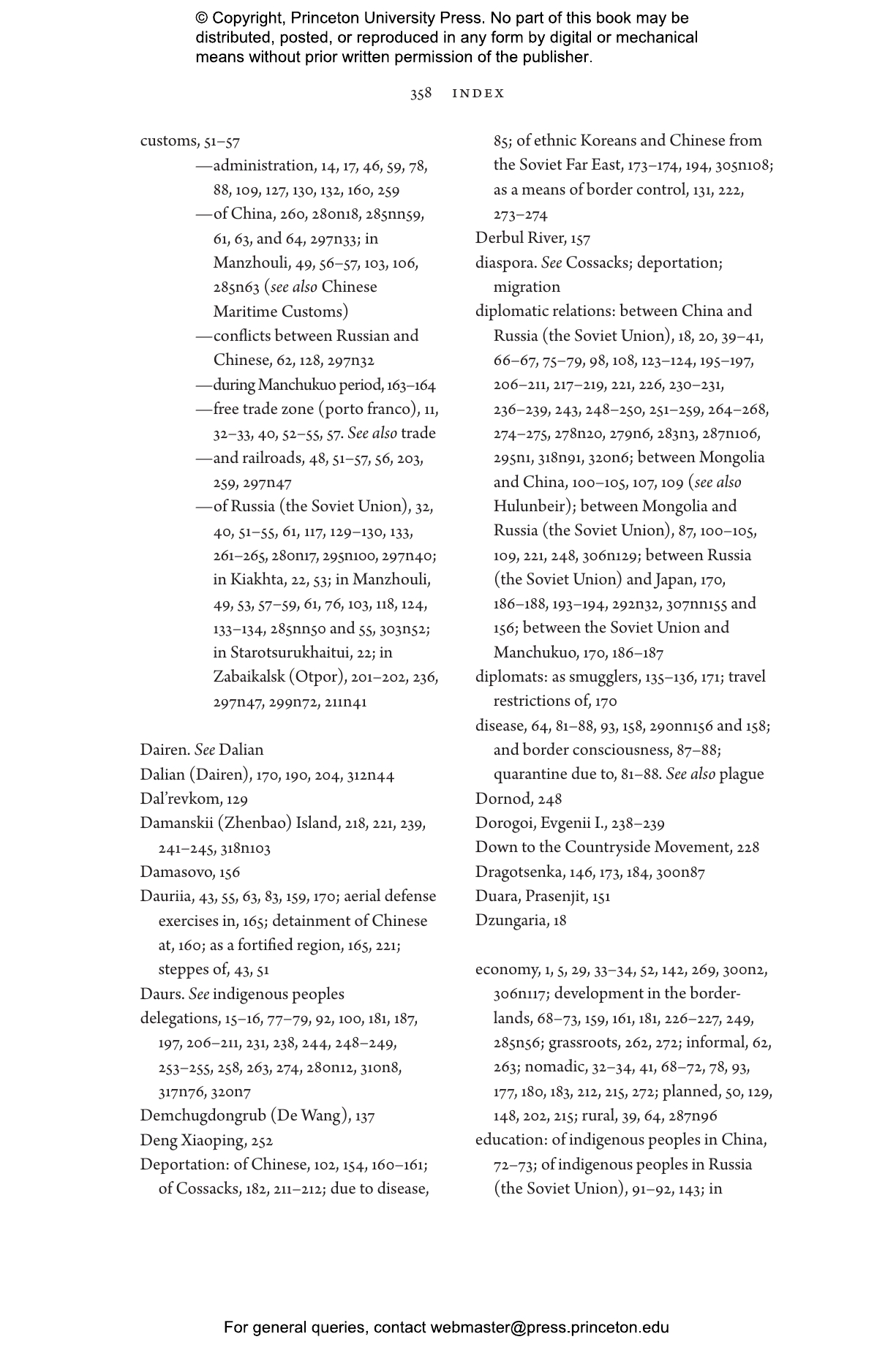The Sino-Russian border, once the world鈥檚 longest land border, has received scant attention in histories about the margins of empires. Beyond the Steppe Frontier rectifies this by exploring the demarcation鈥檚 remarkable transformation鈥攆rom a vaguely marked frontier in the seventeenth century to its twentieth-century incarnation as a tightly patrolled barrier girded by watchtowers, barbed wire, and border guards. Through the perspectives of locals, including railroad employees, herdsmen, and smugglers from both sides, S枚ren Urbansky explores the daily life of communities and their entanglements with transnational and global flows of people, commodities, and ideas. Urbansky challenges top-down interpretations by stressing the significance of the local population in supporting, and undermining, border making.
Because Russian, Chinese, and native worlds are intricately interwoven, national separations largely remained invisible at the border between the two largest Eurasian empires. This overlapping and mingling came to an end only when the border gained geopolitical significance during the twentieth century. Relying on a wealth of sources culled from little-known archives from across Eurasia, Urbansky demonstrates how states succeeded in suppressing traditional borderland cultures by cutting kin, cultural, economic, and religious connections across the state perimeter, through laws, physical force, deportation, reeducation, forced assimilation, and propaganda.
Beyond the Steppe Frontier sheds critical new light on a pivotal geographical periphery and expands our understanding of how borders are determined.
Awards and Recognition
- Winner of the Central Eurasian Studies Society Book Award, History & Humanities category
"This is a rich account of one of the world鈥檚 longest national borders."鈥擪.E. Stapleton, Choice
"A brilliant cross between a Lonely Planet Guide for the place you never wanted to visit and a serious academic study of life in imperial borderlands. It鈥檚 an interdisciplinary cocktail of history, politics, economics, sociology and anthropology."鈥擲ergey Radchenko, China Quarterly
"Urbansky鈥檚 remarkable study manages to embed the history of Sino-Russian international relations into the messy and wavering social reality of a borderland that was also shaped by the cultures, agendas, and material interests of the successive generations of its inhabitants."鈥擭. Pianciola, Slavonic and East European Review
"Beyond the Steppe Frontier is a great read and a very important book for anyone studying Chinese and Russian history, but it is also for students of other border regions. Certain lacunae in presenting a big颅ger picture are compensated by skill颅ful reconstruction of the processes on the ground. The book makes one want to read the next study."鈥擟amille Neufville, Ab Imperio Quarterly
"Beyond the Steppe Frontier gives life to the Sino-Russian border. [Urbansky] has brilliantly served students, scholars, and history enthusiasts by presenting a compelling, innovative, and well-researched book on the recent Sino-Russian past that reminds us that human interactions make history. This human dimension, which is so central to the volume, is also responsible for making Urbansky鈥檚 thought-provoking work such an enjoyable read."鈥擥iulia Sciorati, E-International Relations
"Richly detailed. . . . Beyond the Steppe Frontier sheds new light on the history of the Sino-Russian border by its effort to consider the varied perspectives of its inhabitants."鈥擡lizabeth Wishnick, The Middle Ground Journal
"Beyond the Steppe Frontier offers a sweeping history spanning three centuries, and an anthropological close-up into the quotidian lives of Chinese and Russians, Mongols and Cossacks. The result is a colorful and vivid account of the Russian-Chinese borderland."鈥擲ebastian Conrad, Free University of Berlin
"This masterly panorama brings history vividly to life. Urbansky does not restrict himself to the empire-centered narratives of Russia and China, but uses meticulous research to bring us the voices of ordinary borderlanders, from communist partisans to smugglers. Beyond the Steppe Frontier is microhistory within macrohistory, a superb feat of sleuthing that introduces a cornucopia of fresh materials while also providing a compelling analysis of the volatile relations between these two giant countries."鈥擟aroline Humphrey, University of Cambridge
"This is the first comprehensive history of the Sino-Russian border, from the late seventeenth century through to the disintegration of the Soviet Union. Once the longest land border in the world, it is also one of the less studied, making this work an important contribution to the field of border studies. Impressively balancing microhistorical research with the bigger picture of international relations, this is a major work."鈥擳homas Lahusen, University of Toronto
"Beyond the Steppe Frontier takes a historical look at a little-known region located at the present-day intersection of Russia, China, and Outer Mongolia. Drawing on a wide range of sources, including eyewitness accounts, interviews, and archival materials, Urbansky brings to life the varied and rich experiences of the local inhabitants, from nomadic herdsmen, merchants, artisans, and Cossacks, to border guards and visiting foreigners."鈥擜lfred Rieber, University of Pennsylvania
"In this remarkable book, Urbansky鈥檚 extensive archival research on both sides of the Argun river yields a riveting look at a shape-shifting frontier. The result is a comparative and linked history of Chinese and Russian state-building efforts, and a nuanced exploration of transborder connections among nomads, pastoralists, peasants, and ethnic groups. This is an outstanding contribution to boundary and borderland studies."鈥擯eter Sahlins, University of California, Berkeley, and author of Boundaries






